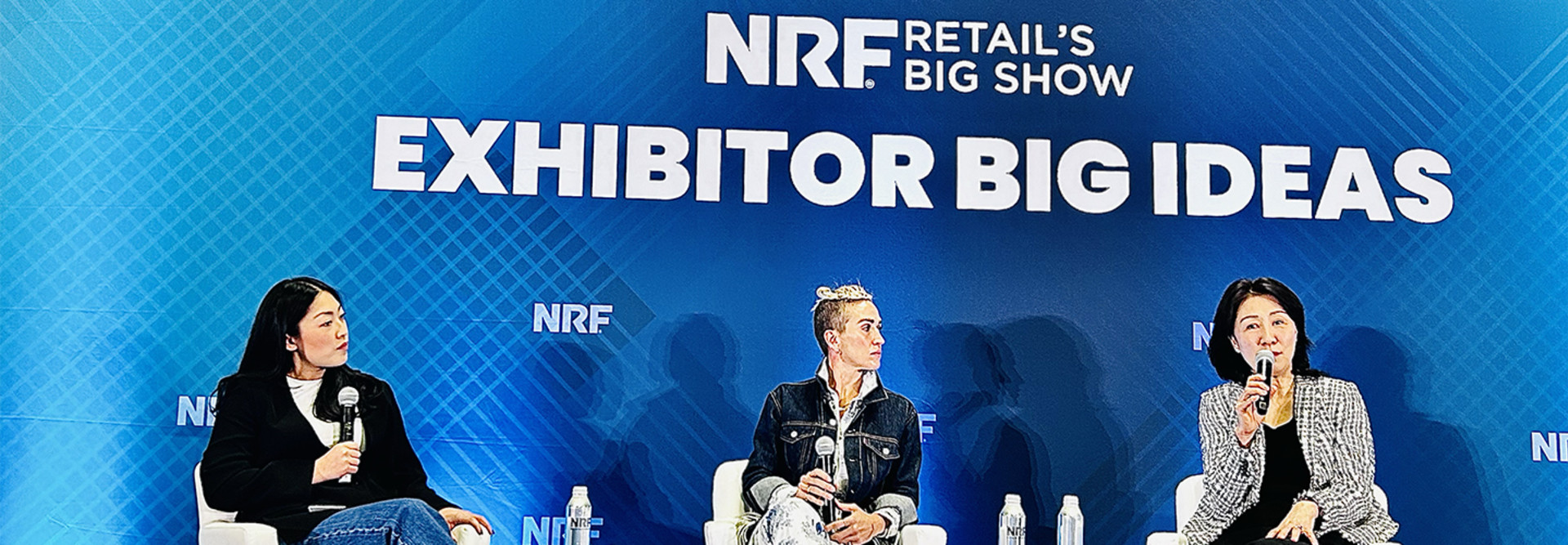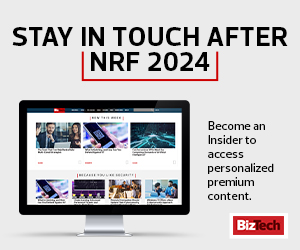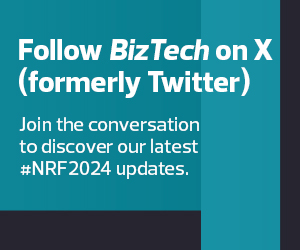From serialized data and “passports for products” to smart shelves and smart stores, here are a few ways RFID is helping retailers fight shrinkage:
RFID Creates a Serialized Data Archive of All Products
RFID technology empowers retailers to create a serialized data archive of products in-store, online and at every step of the supply chain. RFID assigns unique identification codes to each item, streamlining inventory tracking and enhancing accuracy. This allows retailers to efficiently manage stock levels, reduce errors and gain visibility into their supply chain.
READ MORE: What are the benefits of video-enhanced AI analytics in retail.
“If you do not have RFID and serialized data on your products, you cannot compete,” says Bill Hardgrave, president of the University of Memphis. Experts at NRF 2024 agree it’s an essential technology that retailers need to reduce losses and succeed in omnichannel commerce, now and into the future.
Digitizing product tagging also cuts down on operational costs. “We have seen an 80 percent reduction in labor hours,” says L'Orange. “And then you can reallocate that labor to sales-related tasks,” which means higher revenue overall.
Use RFID as a Forensic Tool to Investigate Crimes
Retailers are using RFID’s real-time data as a forensic tool to investigate crimes and identify security vulnerabilities, letting retailers “collect much better evidence to fight shrink,” says Read Hayes, director of the Loss Prevention Retail Council.
With recorded time stamps, geolocation tagging and status updates of products throughout the supply chain, RFID essentially gives retailers “passports for products,” says L'Orange. This lets retailers track when a product left a shelf, left a building or crossed state lines.
“We had people working for us for many years who were stealing from us,” says Joe Coll, vice president of asset protection operations and strategy at Macy’s, recalling a discovery made from data insights post-investigation. Especially with repeat offenders, RFID offers a retrospective map of product inventory.
WATCH: Amazon’s Justin Honaman shares RFID's rich history at NRF 2024.
Combine RFID with Computer Vision for Smart-Shelf Tracking
Retailers are also layering RFID with computer vision in smart shelves to get more visibility into their store environments. These smart shelves monitor product movements and sense theft as it happens.
“When you start to combine technologies, you’re getting video time stamps of every individual that took a product off a shelf without paying for it,” says Coll.
Experts at NRF 2024 say this solves several retail loss problems at once. It helps retailers identify the product that’s being stolen, what time the incident occurred, who the offender (consumer or employee) is and the route that product took in store.
RELATED: Discover tech solutions that are helping retailers fight shrink and organized crime.
RFID can also send signals when it’s time to replenish stock on the showroom floor, as Shirley Gao, chief digital and information officer at Pacific Sunwear (better known as PacSun), explains. This helps retailers discover if there’s an imbalance between foot traffic and inventory.













